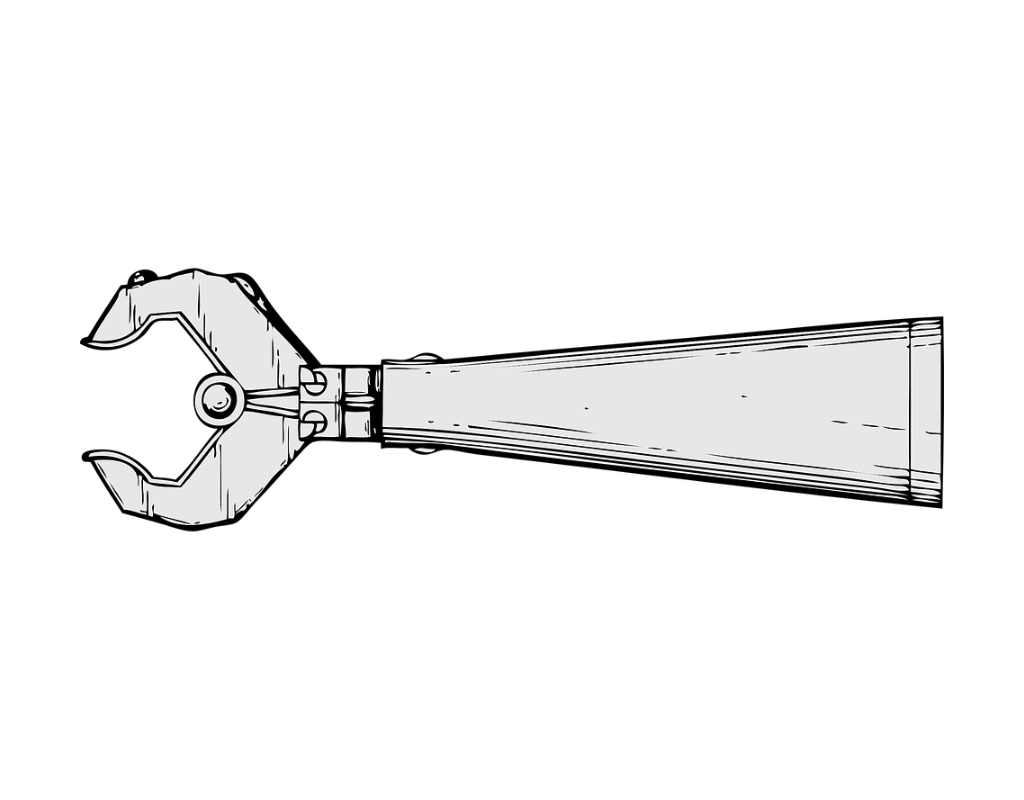A team from Carnegie Mellon University (CMU) has created the first noninvasive mind-controlled robot arm.
Researchers described in journal Science Robotics how they used machine learning techniques and sensing to create a brain-computer interface that could reach signals deep within the brains wearing EEG head caps.
What Is An EEG Cap?

“Electroencephalography (EEG) is an electrophysiological monitoring method to record electrical activity of the brain. It is typically noninvasive, with the electrodes placed along the scalp.
EEG measures voltage fluctuations resulting from ionic current within the neurons of the brain.”
How Will This Technology Change The World?
A challenge in BCI research is to develop less invasive or even totally noninvasive technology that would allow paralyzed patients to control their environment or robotic limbs using their own “thoughts.” Such noninvasive BCI technology, if successful, would bring such much-needed technology to numerous patients and even potentially to the general population.
Has It Been Tested?
The technology has, to date, been tested in 68 able-bodied human subjects (up to 10 sessions for each subject), including virtual device control and controlling of a robotic arm for continuous pursuit. The technology is directly applicable to patients, and the team plans to conduct clinical trials in the near future.
Read more about the research from Carnegie Mellon University College Of Engineering.
Want to learn something new every Monday? Join Maker Message Monday!



